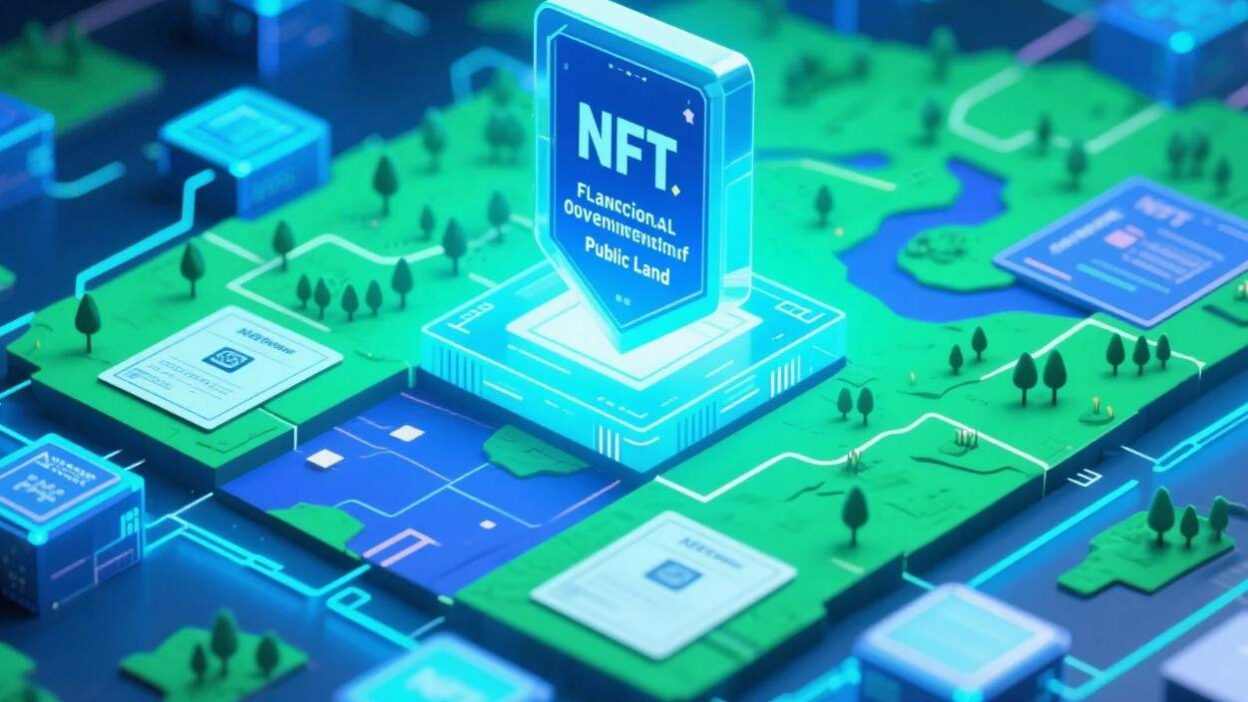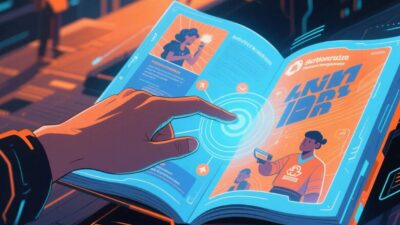Redefining Ownership in the Digital Age
Public land—parks, community gardens, rural commons, and urban green spaces—is a cornerstone of collective well-being. Yet, traditional ownership models often leave these spaces underutilized, managed by a select few, or inaccessible to marginalized communities. Enter NFTs (Non-Fungible Tokens): unique digital assets that, when paired with fractional ownership models, are revolutionizing how we own and manage public land. By tokenizing physical spaces into tradable, shareable units, NFTs are unlocking new possibilities for inclusivity, economic opportunity, and democratic governance. This report explores how NFTs are reshaping public land ownership, their benefits, challenges, and the future of shared spaces.
Understanding the Basics: NFTs and Fractional Ownership
To grasp their potential, we first define two key concepts:
1. What Are NFTs?
NFTs are unique digital tokens built on blockchain technology, each representing ownership of a specific asset—physical or digital. Unlike cryptocurrencies (e.g., Bitcoin), which are fungible (each unit is identical), NFTs are non-fungible: no two are the same. They are immutable (once minted, their metadata can’t be altered) and traceable (ownership history is recorded on the blockchain).
2. What Is Fractional Ownership?
Fractional ownership splits the ownership of an asset into smaller, tradable shares. Instead of one person owning a property outright, multiple stakeholders hold a percentage (e.g., 1% each) and share rights like use, profits, or decision-making.
3. The Intersection: NFTs as Fractional Ownership Tokens
By minting NFTs that represent fractional shares of public land, owners gain:
- Liquidity: Fractional shares can be bought, sold, or traded on NFT marketplaces.
- Traceability: Blockchain ensures transparent ownership records.
- Accessibility: Lower barriers to entry (e.g., buying a 10,000 plot).
The Case for NFTs in Public Land Management
Public land faces critical challenges: underutilization, funding gaps, and inequitable access. NFTs address these by:
1. Revitalizing Underused Spaces
Many public lands—abandoned lots, neglected parks, or rural commons—lie idle due to lack of investment. Fractional NFT ownership incentivizes crowdsourcing funds for restoration (e.g., a community garden NFT where holders fund soil restoration in exchange for a share of future harvests).
2. Democratizing Ownership
Traditional public land is often controlled by governments or wealthy entities. NFTs let residents, activists, or small businesses own a stake, ensuring decisions (e.g., zoning, programming) reflect community needs. For example, a neighborhood park NFT could grant holders voting rights on playground upgrades.
3. Generating Economic Opportunities
Fractional ownership creates new revenue streams:
- Rentals: A farm NFT could lease plots to local farmers, with yields split among shareholders.
- Tourism: A scenic public land NFT might offer “experience shares” (e.g., guided hikes) with profits distributed to holders.
How NFTs Enable Fractional Ownership of Public Land
The process of tokenizing public land into NFTs involves three key steps:
1. Tokenization of Physical Assets
- Asset Valuation: A third party (e.g., a land trust) assesses the public land’s value and divides it into fractional units (e.g., 10,000 shares for a 10-acre park).
- NFT Minting: Each share is minted as an NFT, with metadata detailing the land’s location, size, and rights (e.g., “1% ownership of Green Acres Park, including voting on tree-planting initiatives”).
2. Smart Contracts for Governance
Blockchain-based smart contracts automate rules for ownership and usage:
- Revenue Sharing: Profits from leases or tourism are automatically distributed to NFT holders based on their share.
- Decision-Making: Holders vote via the blockchain (e.g., “Should we install solar lights?”) with results recorded immutably.
3. Transparency and Accountability
Blockchain’s public ledger ensures:
- Ownership History: Every sale or transfer of an NFT is visible, preventing fraud.
- Funds Tracking: Donations or profits are traceable, building trust among stakeholders.
Challenges and Considerations
While promising, NFTs for public land face hurdles:
1. Legal and Regulatory Hurdles
- Zoning Laws: Many jurisdictions restrict commercial use of public land, limiting NFT revenue models.
- Tax Implications: Fractional ownership may complicate tax filings (e.g., capital gains on NFT sales).
2. Technical Complexity
- Blockchain Integration: Managing physical assets (e.g., land maintenance) via smart contracts requires seamless integration with IoT devices (e.g., soil sensors) to track conditions.
- Scalability: Popular blockchains (e.g., Ethereum) face congestion, which could slow NFT transactions for large land parcels.
3. Ensuring Equity
- Speculation Risk: NFTs could attract investors seeking quick profits, pricing out community members.
- Digital Divide: Low-income residents may lack the tech or funds to participate, exacerbating inequities.
The Future of NFTs in Public Land
Innovators are already piloting NFT-driven public land models:
- Urban Farming Cooperatives: Projects like Urban Agriculture NFTs (hypothetical) let residents own shares of city farms, with NFTs granting access to fresh produce and voting rights.
- Heritage Site Preservation: Historic landmarks could be tokenized, with NFT sales funding restoration and offering “virtual tours” to holders.
Policy developments, such as updated zoning laws and blockchain-friendly tax codes, will accelerate adoption. Meanwhile, tools like fractional ownership platforms (e.g., Fractional.art) are simplifying the process of minting and trading land NFTs.
A New Era of Shared Ownership
NFTs for fractional ownership of public land are more than a technological novelty—they’re a tool for equity, sustainability, and community empowerment. By making ownership accessible, transparent, and participatory, these digital assets are redefining what it means to “own” a piece of the planet. As we navigate legal and technical challenges, one thing is clear: the future of public land is not just shared—it’s owned by the many, not the few.



